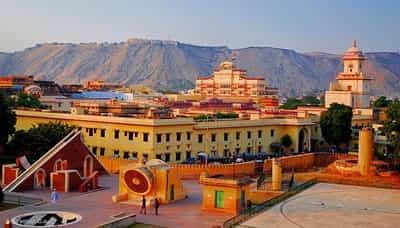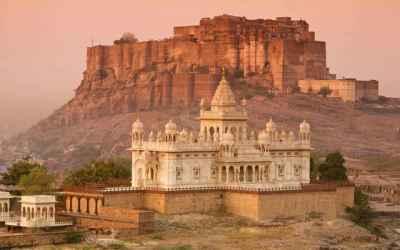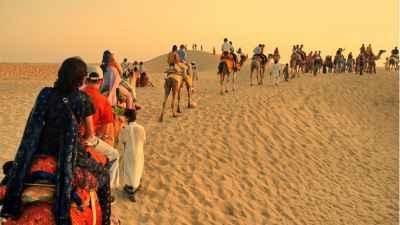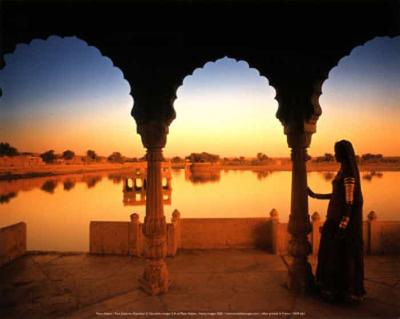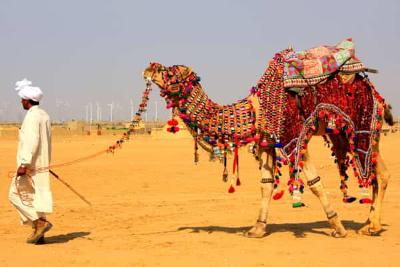Rajasthan's Colorful Attire: Decoding the Dress Code
When you think of Rajasthan, one of the first things that comes to mind is the vibrant and colorful attire worn by its people. The traditional dress of Rajasthan is not only a symbol of their rich culture and heritage but also a reflection of the vibrant and lively nature of the state. In this blog post, we will decode the dress code of Rajasthan and explore the significance of each element of their attire.
Turban (Pagri)
The turban, or pagri, is an integral part of the traditional Rajasthani attire for men. It is a symbol of pride and honor and is worn in various styles. The color and style of the turban often indicate the wearer's community, region, or social status. The turban is usually made from a long piece of cloth, which is wrapped around the head in a specific manner to create a unique and elegant look.
Odhnis and Dupattas
Odhnis and dupattas are long pieces of cloth that are draped around the shoulders or head, mainly by women. These colorful and intricately designed garments not only add a touch of elegance but also provide protection from the scorching heat of Rajasthan. The fabric used for odhnis and dupattas varies from region to region and can be dyed or embroidered.
Ghagra Choli
The ghagra choli is the traditional attire of Rajasthani women. It consists of a long skirt called ghagra, a fitted blouse called choli, and a dupatta. Ghagra cholis are often embellished with mirror work, embroidery, and vibrant prints. The length and flare of the ghagra can vary, with some skirts reaching the ankles and others being shorter.
Safa and Paghdi
Safa and paghdi are types of turbans that are worn by the men of Rajasthan. These turbans are usually worn during special occasions such as weddings, festivals, and religious ceremonies. Safas and paghdis are often made of silk or cotton and are intricately tied in various styles. The color and style of the turban may vary depending on the occasion and the region.
Bandhej and Leheriya
Bandhej and leheriya are two popular tie-and-dye techniques used in Rajasthani textiles. Bandhej involves tying the fabric in specific patterns before dyeing, resulting in beautiful circular or diamond-shaped patterns. Leheriya, on the other hand, creates wavy stripes on the fabric. These vibrant and colorful textiles are used to make sarees, dupattas, turbans, and other garments.
Jootis and Mojris
The traditional footwear of Rajasthan is known as jootis or mojris. These are handmade shoes that are often made of leather and adorned with embroidery and embellishments. Jootis and mojris are not only comfortable but also add a touch of elegance to the overall attire. They are available in various designs and colors and are a popular choice for both men and women.
Conclusion
The traditional attire of Rajasthan is a beautiful and colorful expression of its rich cultural heritage. Each element of the dress code holds significance and reflects the history, traditions, and social status of the people. From the vibrant turbans to the intricately designed odhnis and ghagra cholis, Rajasthan's attire is a visual delight. So, the next time you visit Rajasthan, make sure to immerse yourself in the colorful world of its traditional dress and embrace the vibrant spirit of the state.
If you found this post informative and interesting, please feel free to share it with others who may enjoy learning about Rajasthan's colorful attire!Disclaimer : The information provided in this blog is for general informational purposes only. While we strive to keep the content accurate and updated, TravelSetu assumes no liability for errors or omissions. If you believe any part of this blog infringes your rights or causes concern, please notify us immediately at info[at]travelsetu[dot]com so that appropriate action can be taken.
